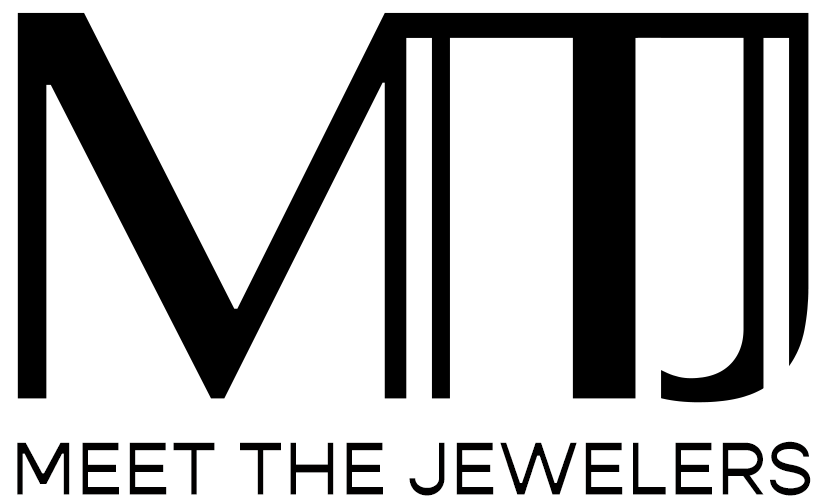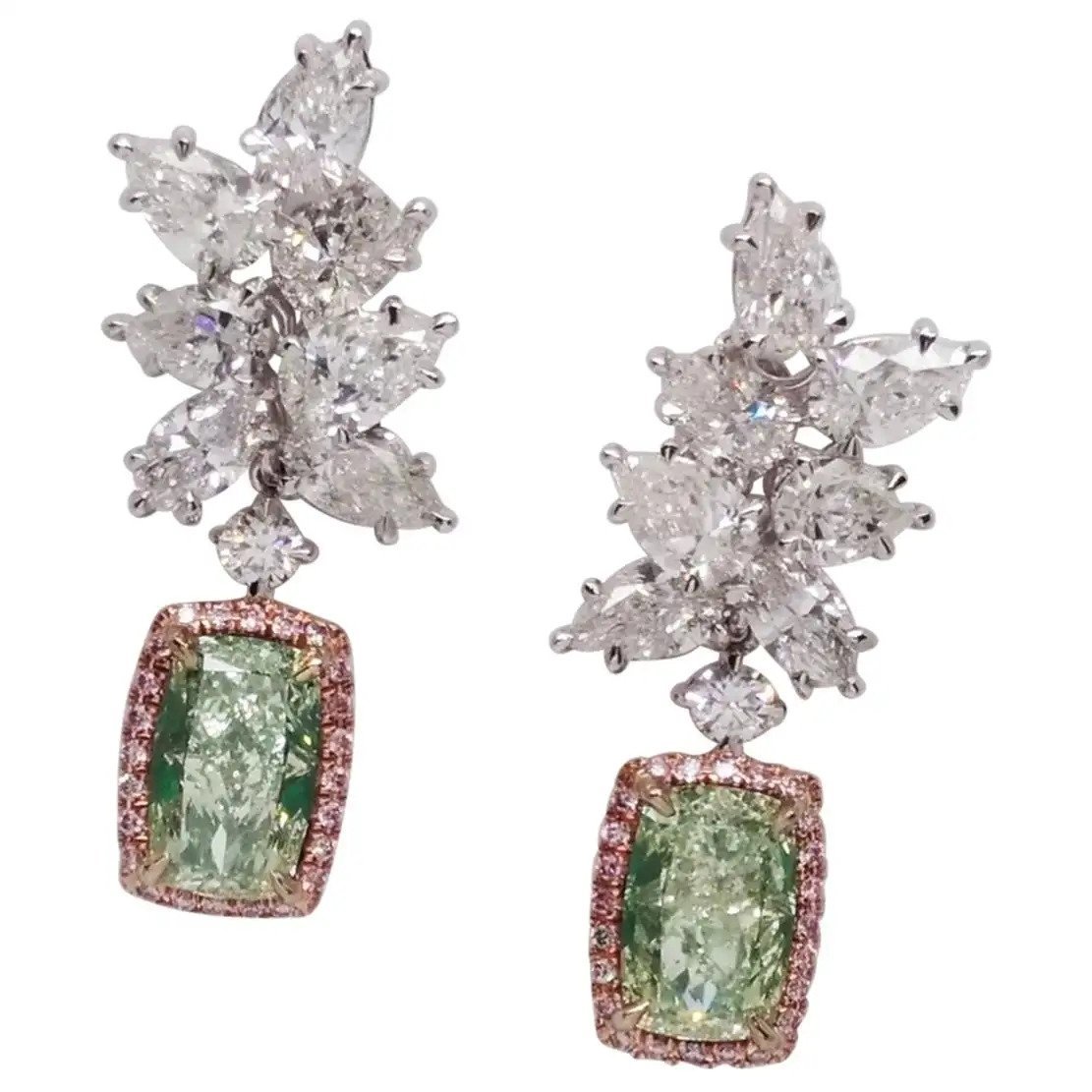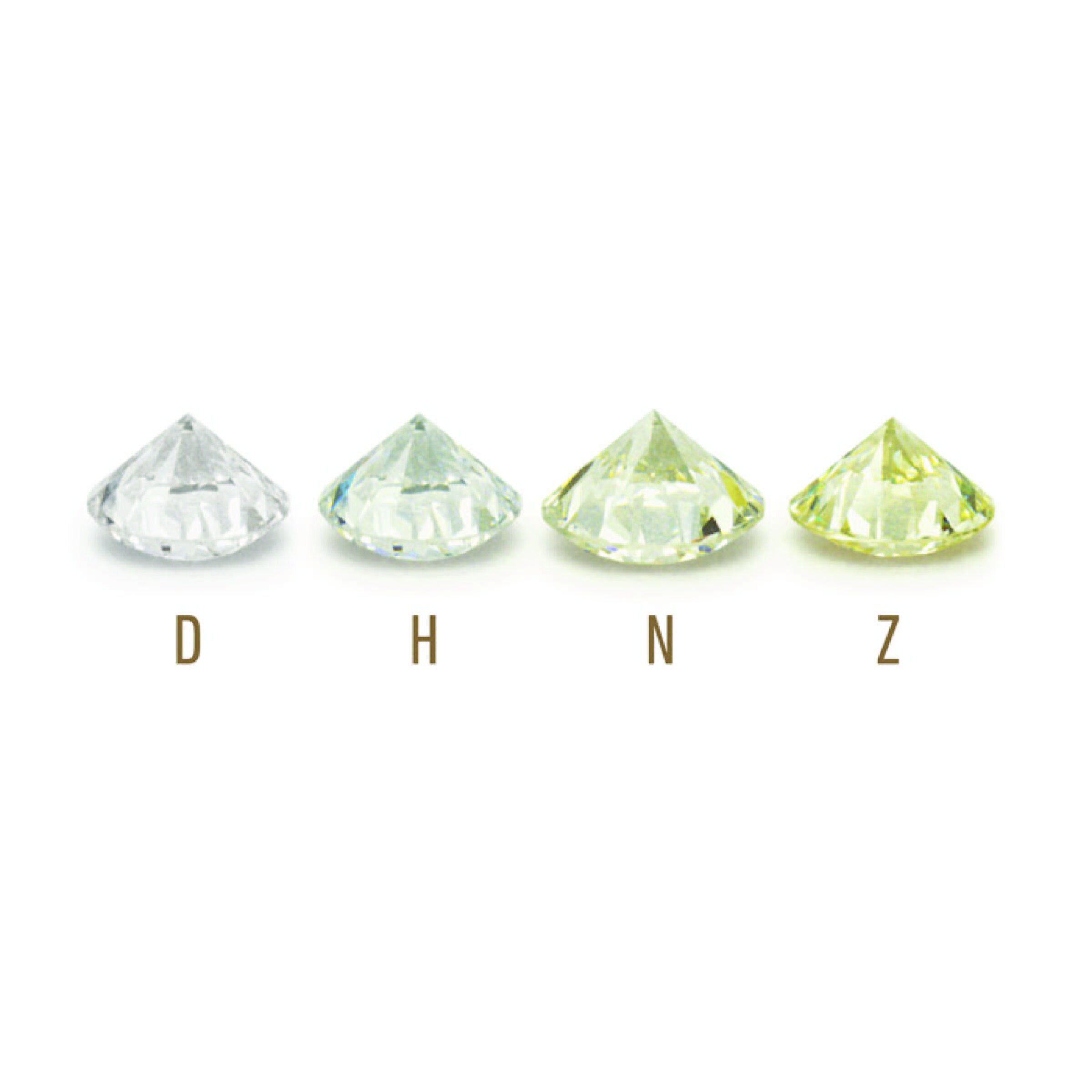Under the Loupe: Fancy Color Diamonds
There’s more than meets the eye when it comes to jewelry. Get the big picture with our long-form deep dives into the ever-changing, everlasting jewelry biz.
Emilio Jewelry 8.8 carat GIA-certified green diamond earrings, price upon request at 1stdibs.com
Allow us to lend a little color…
When you think “diamond” is what comes to mind sparkly and clear? Colorless diamonds may be the most popular, but this timeless gem naturally occurs in the full spectrum of the rainbow, as well as in sophisticated neutrals like black, brown, champagne, and even salt-and-pepper speckles. Referred to as “fancy,” these hues differ in rarity and value, but all are beautiful to behold. Curious to learn more about these rare stones?
Elemental, My Dear
First things first, what exactly is a diamond? According to the Gemological Institute of America, the authority on gems, diamonds are the only gemstone composed of a single element, usually about 99.95% carbon. Diamonds form under extreme conditions of high temperature and pressure, creating an isometric crystal structure (which means that a diamond’s atoms are bonded the same way in all directions). This isometric structure contributes both to a diamond’s strength and its colorlessness.
The Diamond Room by Spektor loose 0.3 carat round diamond, price upon request at The Diamond Room by Spektor
Picture credit: GIA
Forget Straight A’s, You Really Want a D
And what about the remaining .05%? The GIA explains that this small percentage can include trace elements (atoms that aren’t part of a diamond’s essential chemistry); it’s these elements that can influence a diamond’s color. A pure diamond is colorless, and the GIA has created the widely used D-to-Z color grading system to measure degree of colorlessness, a factor which helps determine a stone’s worth. Within this normal range, any coloration devalues the stone. Move beyond this range, however, and “impurities” actually become a valued characteristic, giving fancy colored diamonds their, well, fancy colors.
True Colors
The impurities in question can be both elements and altered structure. Red and pink diamonds, for example, refract the color we see thanks to a deformation of their crystal structure, potentially caused by a geological disturbance during the stone’s formation. Green diamonds also have no trace elements, but are instead the result of millions of years of exposure to natural (and harmless) radiation. Most other hues are colored by the presence of trace elements: blue diamonds by boron, orange and yellow by nitrogen, and purple by hydrogen.
Who’s the Rarest of Them All?
All natural fancy color diamonds are rare—1 out of every 10,000 diamonds rare—but some colors are rarer than others, adding to their value. According to Elizabeth Doyle, co-founder of Doyle & Doyle, “red diamonds are so rare that the GIA did not issue a single report for a purely red diamond for thirty years, [from] 1957 – 1987.” Blue, orange, and green are also extremely hard to come by.
Another factor is the quality of the stone’s color. Unlike colorless diamonds, the value of fancy colored diamonds depends on their hue, saturation, and tone, with deeply saturated colors considered the rarest and most expensive.
Beauty Is in the Eye of the Beholder
While the GIA does offer a system for grading fancy color diamonds, the variety available makes worth a matter of taste. As Doyle points out, “The person who seeks out a colored diamond is looking for something truly rare, and has a degree of sophistication. They can appreciate the stone's unique combination of color and bright rainbow flashes.” But whether you opt for a rare hue or one more readily available, any natural fancy color diamond will be one of a kind.
Editor: Samantha Durbin
Wordsmith: Rebecca Daly
Every item featured is personally selected by our writers and editors (read: we're totally into it). Please know that when you buy through our links, we may earn an affiliate commission (read: we get to keep doing what we love).







